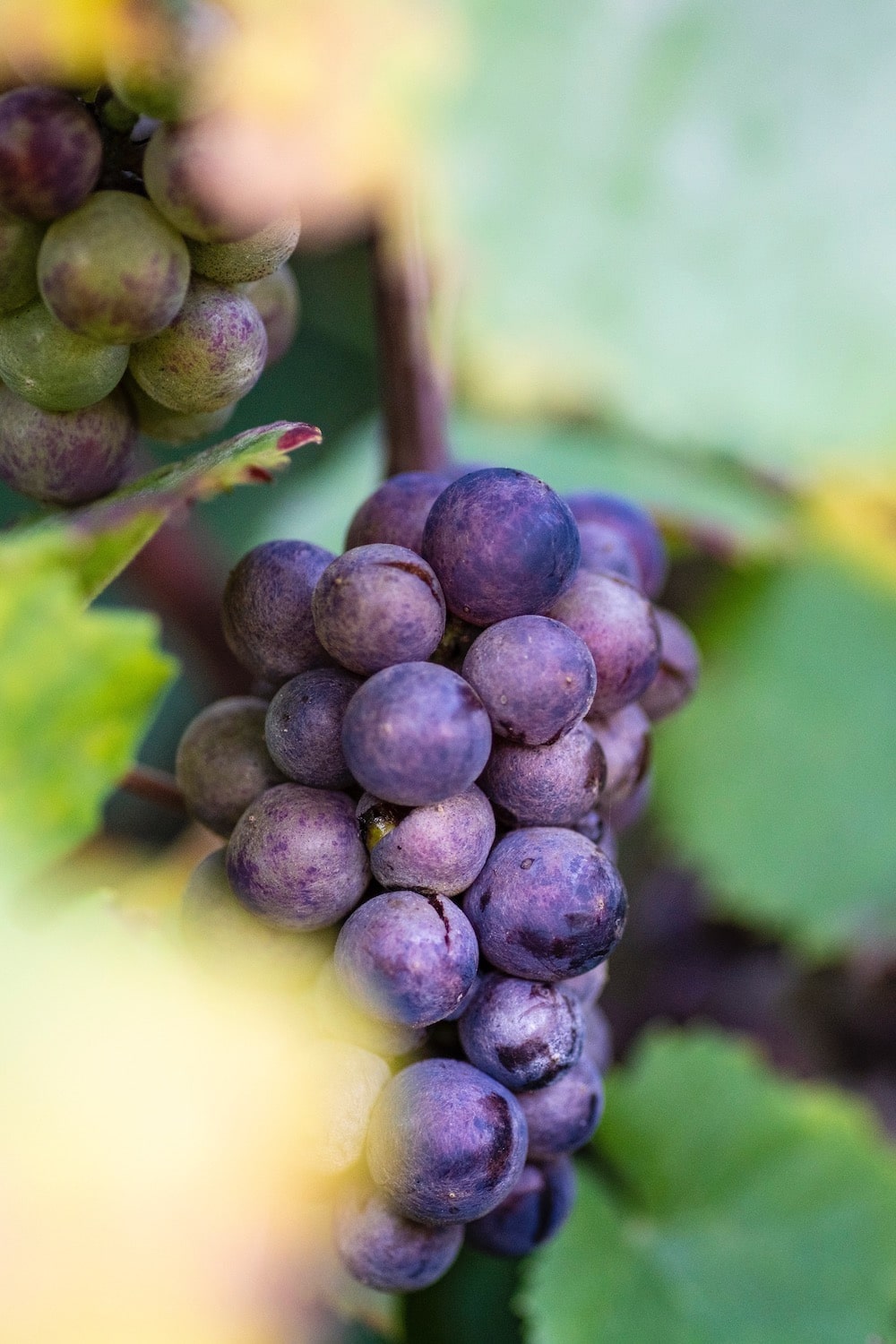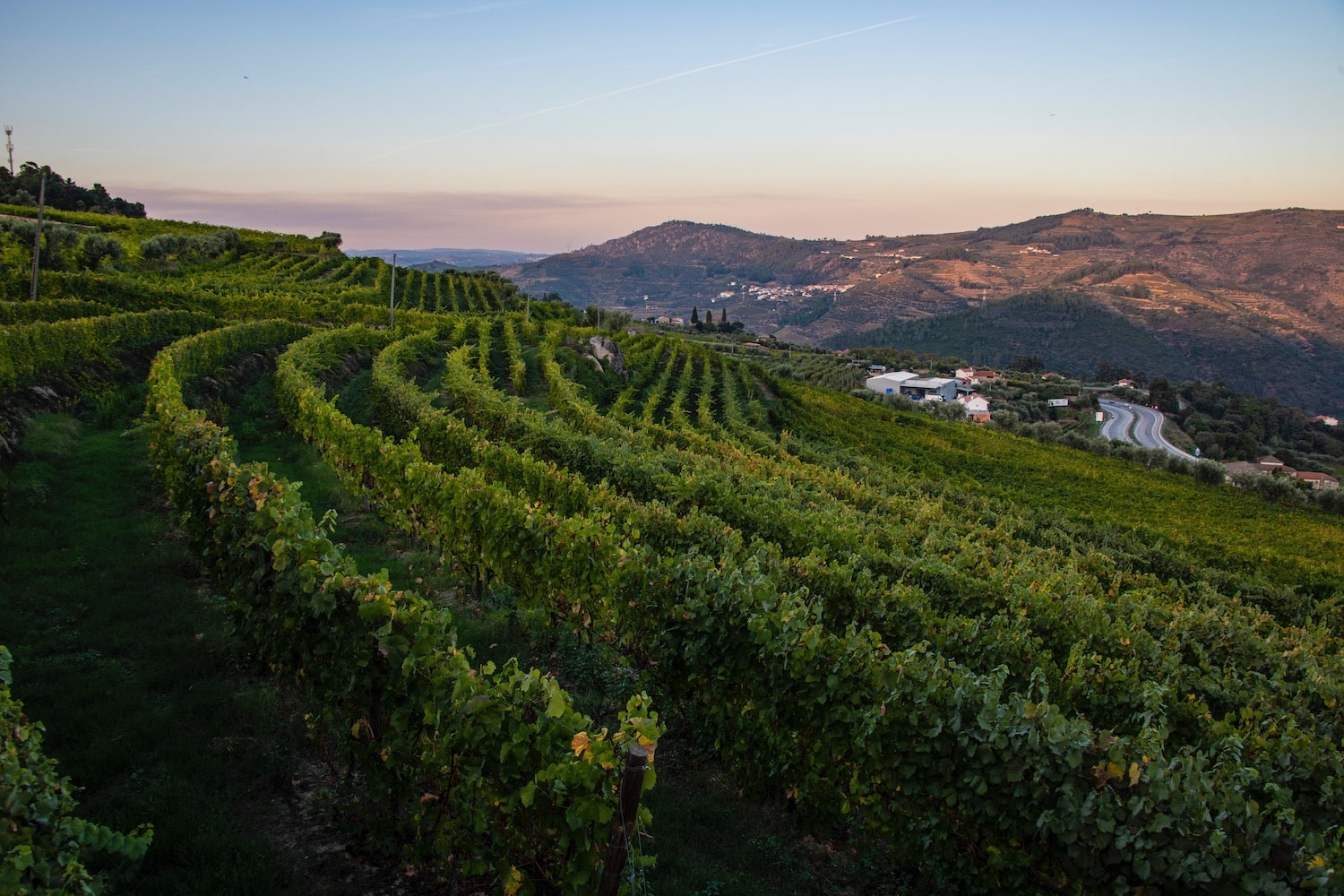My first steps onto Rua dos Remédios in Lisbon last Friday night were as tentative as the festiveness in the air. It was the weekend, after all, though you wouldn’t have known that strolling down the city’s hub of Fado.
I was surprised, to be sure, by how immediately the young woman propositioned me. “Would you like to watch a show?”
Of course, I told her, feeling almost embarrassed. I continued by explaining that although I had of course come down to the street to spectate upon Portugal’s famous song and dance form, I’d assumed due to the relatively late hour I set out that I’d have to peer in on it from the outside.
“If the show hasn’t started yet,” I wrapped up my rambling response, “then sure, I’d love to see it.”
Like this particular trip to Portugal itself—my first in over a decade—my musical evening had almost not happened, then been almost certain to happen, then almost not happened again. While I’d planned to reserve a spot at a table at least a day in advance, the pace of my sightseeing in the capital had left me with little time or inclination to do so.
By 8:30 PM (the typical Fado start time) on my last night in Lisbon, in fact, I had all but conceded that I’d be staying in for the evening.
Indeed, prior to leaving Switzerland (where I kicked off this particular trip to Europe) after a long weekend with my best friend and her fast-growing toddler, I’d nearly canceled the Portugal leg of my trip. I won’t go into the reasons for this, other than to say the copious amount of marijuana I smoked there severely damaged my relationship with reality.
While I did ultimately catch my flight from Basel to the city of Faro in the Algarve region, I quickly felt regret in having done so.
The beauty of the region’s beaches was unquestionable—is there anything more alluring than the contrast of rough, rusty sand with iridescent, cyan water?—but I wasn’t a huge fan of much else, neither the predatory feeling of the restauranteurs and shopkeepers in most tourist areas, nor the sorts of tourists who clogged the cobbled streets of towns like Carvoeiro, Albufeira and Lagos.
Plus, I reasoned, I had a lot of travel coming up the rest of the year, particularly focused on my core region of Asia. Wouldn’t it be better to snip off this little appendix of a trip and discard it, and save my energy for something more impactful to my bottom line?
With all this in mind the plan, at that point, had been to drive my rental car back to Lisbon as I’d intended. Only, rather than heading into the city for a long weekend (and then up north for a few days after that), I’d walk instead to the airport terminal and head back over the Atlantic to prepare to make my way east for the rest of the autumn.
If I’m honest, I’m not sure why I chose not to go ahead with this contingency. The drive from the Algarve through the Alentejo to Lisboa had been forgettable; returning the rental car had been a nightmare more befitting of some city in the Third World than the capital of one of Europe’s most important civilizations.

Lisbon itself, after all, had changed quite a bit since my previous visit. Old-time cars and tuk-tuks (yes, you read that correctly) outnumbered iconic americano railcars by a factor of at least 10-to-1.
While attractions such as the Jeronimos Monastery and Pena Palace in nearby Sintra were no less remarkable than they’d previously seemed, the congestion—you now need timed tickets for both—made exploring them slightly less of transcendental once I finally cleared the newly-erected barriers to entry, to say nothing of how much it tired me out to maneuver around dude bros using drones (excuse me, piloting drones) to capture generic aerial images.
As I sat at my Fado table that Friday evening, two guitarists suddenly emerged from the back of a restaurant, followed by a singer whose curly, black hair tumbled down her back like a waterfall. She briefly welcomed everyone in Portuguese and then in English, then started singing at seemingly the same time as both guitarists started strumming.
“Lisbon.” I quickly ascertained, trying to use my elementary Portuguese skills to translate what the song was about. “Beautiful Lisbon. Everyone is welcome—let’s all sing?”
Surely, I corrected myself, this can’t be right. There seemed to be far too much anguish in her voice (the smile on her face notwithstanding) for the dirge to be so childlike.
Not that it really mattered. I was seeing Fado in Lisbon, after all—wasn’t that mere fact enough?
The bad news is that by the time I headed north to Porto by train less than 12 hours later, I had all but forgotten my evening along Rua dos Remédios. The good news? Said evening seemed to have unlocked a cascade of serendipity, which had me thanking myself for not having pulled out of the trip more times than I can remember counting.

The first notable instance was in Oporto itself, initially at the Capela das Almas—the lighting on its famous azulejos was absolutely perfect as I photographed myself in front of it—and then not long after that, at Bolhão Market.
There, the only thing more delightful than the finger foods (my favorites were an octopus salad with mignonette and a Bilbao-style caprese pestico) was the wine, first a glass of vinho verde and then a rose sangria with chunks of rock sugar that exploded my entire mouth with sweetness every time I sucked one of them through the straw.
Driving through the Douro Valley the next day, similar sort of good feelings would bubble up just when I needed it. After having felt underwhelmed by the crowded roads and snobby locals in bougier-than-thou Pinhão, I assumed my lunch (lamb so perfectly browned it was almost caramelized) at a restaurant where I was the only foreigner would be the highlight of my day.
Not so. I arrived at the quinta where I’d be staying to discover not only that the “room” I’d booked was a 1,200-square foot, centuries-old brick house, but that it was equipped with two half-carafes of free port wine and a resident Labrador under the bougainvillea vine just outside the window of the bedroom (there were two) I chose to sleep in.
Never mind the fact that I was free to explore (and did explore) the entire 14-hectare site, and that breakfast the next morning was such an extensive spread I briefly wondered whether the property (at which I’d paid under €100 to stay for the night) might’ve been some kind of front.
Over the subsequent 48 hours, I remained mindful of (but not fixated on) the fact that these would be my last in Portugal, at least for now. And thankful to myself (and, I think, a bit of dumb chance) for having decided against canceling my trip not once, but twice.
It definitely won’t be 12 years before I’m back in Portugal the next time, I committed to myself somewhere, though I’m not sure looking back if it was while I stood on the riverbed beneath Almourol Castle, inside a green-schemed seafood restaurant in maritime Peniche or looking out on the city walls of medieval Óbidos from a farm just up on a hill above it.
The “where”—beyond Portugal, in a broad sense—was unimportant. It was all about the “what.” Namely, that I not only ended up having gratitude for my trip in general sense, but that at some point, I went from not-disliking the 2023 version of Portugal, to tolerating it well, to liking it, to falling head-over-heels in love with it.
My hope is that the photos of Portugal I’m about to share will help you cycle through this metamorphosis before you even touch down.

Robert Schrader is a travel writer and photographer who’s been roaming the world independently since 2005, writing for publications such as “CNNGo” and “Shanghaiist” along the way. His blog, Leave Your Daily Hell, provides a mix of travel advice, destination guides and personal essays covering the more esoteric aspects of life as a traveler.

